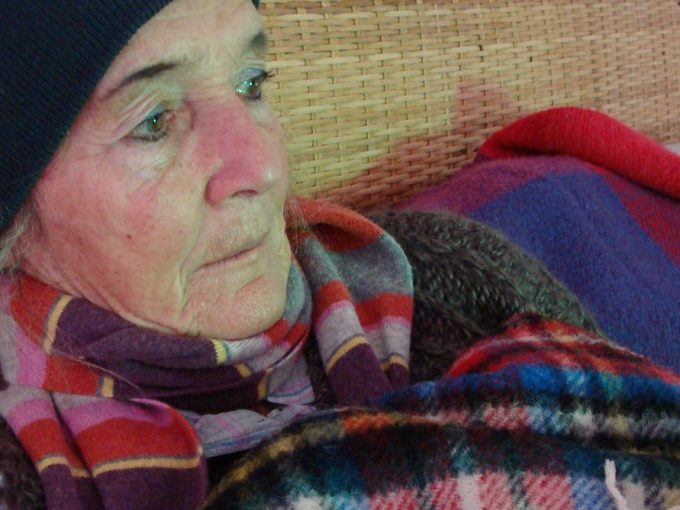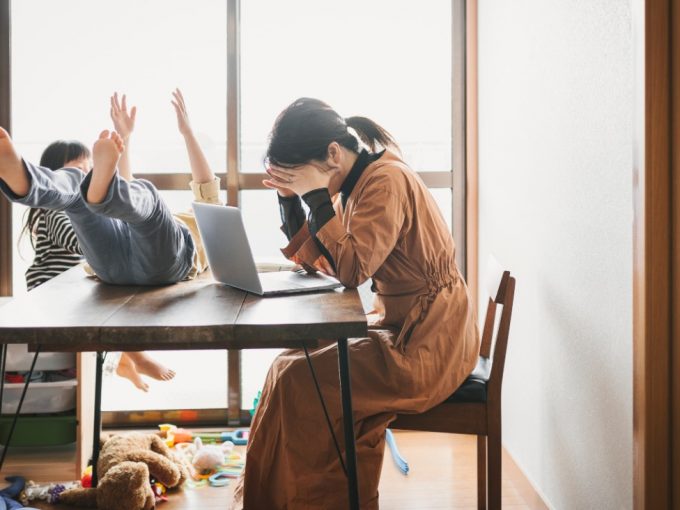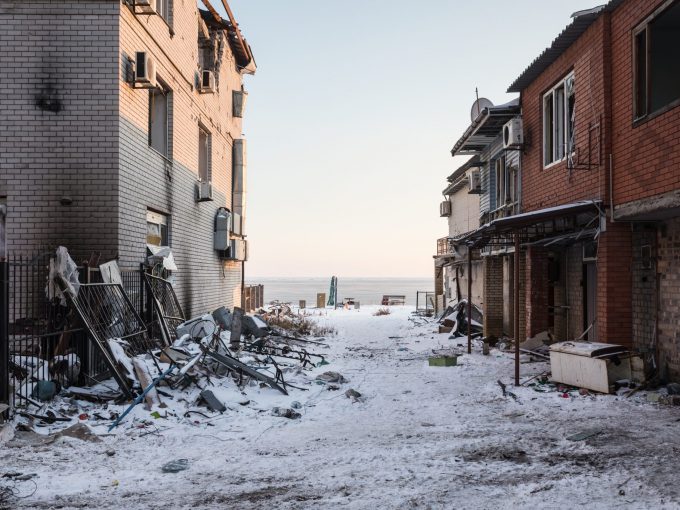Right now there is very little discussion about this equity issue in our clean energy climate transition.
Originally published on The Fifth Estate – 18 October 2021
This conversation is going to be uncomfortable. This problem cannot be fixed by a quick technical solution or money alone. This problem is growing, often hidden, and requires a concerted effort across disciplines, services and ministerial portfolios. Addressing limited access to essential energy use in the home is key to improving public health, progressing social equity and to meeting our international sustainability commitments.
The lead up to COP26 is the right time to put people at the centre of our carbon reduction initiatives and to turn decarbonisation into an opportunity for health and social justice. Now is the time to ensure that Australia’s energy transition will be fair.
As Australia’s participation at the COP26 is hotly debated, one topic is blatantly missing: energy poverty.
Energy poverty is the inability to access the energy in the home that is needed for a decent quality of life. Addressing energy poverty is a question of social equity. However, Australia’s current climate change mitigation strategy is preoccupied with issues of economy, environment, resilience and energy security.
Social equity is largely ignored, even though ensuring a fair transition that protects vulnerable population groups is a moral imperative articulated in the Paris Agreement. Equality in access to energy is also a Sustainable Development Goal (SDG7). However, the current discussions around the timing and level of Australia’s emissions reduction targets seem to overlook that people should be at the heart of any planning and policy making and that current efforts are exacerbating social disadvantage.
Australia does not have an agreed definition for limited access to energy in the home.
Although community organisations have used the term energy or fuel poverty for decades; policy documents prefer the term “hardship” or “struggl[ing] to pay their bills”. Not having an agreed and consistently used term prevents society at large to recognise and understand the inequalities linked to limited heating, cooling, lighting and hot water in homes.
Easy for policymakers to ignore the problem of energy poverty if you don’t have a defined and agreed name for it
Importantly, not having an agreed term also makes it easy for Australian policymakers to ignore the problem. For example, Australia’s progress towards the SDG 7 is measured as the average energy costs to income ratio.
This measure of affordability aligns with the aim of “affordable energy” in the SDG 7 description. However, it ignores the uneven burden of energy costs in our society and pays no attention the other value attributes of energy such as “renewable”.
Equitable access to low carbon energy needs to be included in the decarbonisation of electricity and gas. Australia’s chief scientist highlighted the need for protection of vulnerable households in the electricity transition.
In Europe the mandates say energy poverty needs to be measured, monitored and reduced
However, such considerations are missing with regards to hydrogen. By contrast, European countries are mandated to measure, monitor and reduce energy poverty, and some nations, like the UK, are engaging health practitioners to tackle energy poverty through their health system. In Europe, energy poverty is recognised as a health risk.
Energy poverty is also a health risk in Australia. About three per cent of Australians are not able to heat or cool their homes adequately, which is associated with poorer general and mental health.
People with chronic health conditions, lone or single parent households, renters and women are more likely to report inability to heat their home. The health effects of energy poverty are higher during summer than winter, which may explain the relationship between low home energy ratings and heat-related deaths.
Parents may lose custody of their children if their fridge is not working because their power has been disconnected
Energy poverty may also have legal consequences. For example, our research found that parents may lose custody of their children if their fridge is not working because their power has been disconnected.
The temporary voluntary suspension of energy disconnections by energy companies during the COVID-19 pandemic in 2020 seems to have been the first time that the call for access to energy as a right was heeded.
However, this moratorium has been lifted. Disconnections have recommenced, and household energy debts are rising. This does not bode well for the upcoming summer and its predicted warmer temperatures.
In addition, current energy policies are regressive and leaving people behind. Low-income households and renters are less likely to benefit from solar roof PV and other retrofit subsidies because they lack the necessary capital or the agency to invest in retrofits and technologies that promise to reduce energy costs.
As low-income households and renters are already more likely to be suffering energy stress, they are doubly disadvantaged when the costs of the initiatives are recouped through higher energy unit prices.
Although low-income household have reduced their energy consumption over the years, their actual energy costs have increased, and energy prices have risen at a much higher rate than their welfare support, making energy concessions less effective over time.
However, financial constraints are not the only reason for energy poverty. In Victoria about 10 per cent of households in the highest income bracket are also living in cold homes.
Our research has shown that being able to heat one’s home is also dependent on the ability to live in an energy efficient home and the ability to self-manage energy contracts and use. The ability to heat is also shaped by household characteristics (health conditions, English and digital literacy skills), social factors (heating norms, loyalty to energy retailers), and environmental conditions (geographical differences in energy prices and climates).
However, Victorian policies focus on income support with limited efforts on retrofitting homes or acknowledging the diversity of dwellings, household energy needs, location or limited agency of renters.
What we need is a radical shift in our policies to prioritise energy efficiency improvements for vulnerable householders and address the intersectionality of energy poverty through interdisciplinary collaborations.
Access to decent housing is critical. Initiatives like Victoria’s Big Housing Build are an important step for tenants and disadvantaged householders.
In addition, though, the existing poorly performing housing stock needs to be retrofitted to higher minimum energy efficiency standards to enable disadvantaged householders and tenants to be able to escape energy poverty. Energy efficiency improvements may reduce heat related deaths. The recent report commissioned by ACOSS has provided convincing evidence that prioritising the retrofits of low-income homes can have broad economic, health and carbon reduction benefits.
This approach has the support of all leading community, environmental and health organisations across Australia.
In addition, cross-disciplinary efforts are needed to address the multiple dimensions of energy poverty and to reach householders in hidden energy poverty.
Hidden energy poverty means that struggling households are not detected because they keep paying their bills and do not ask for help.
Trusted frontline workers feel the cold, they see the mould, and they hear it when people are not buying their medication because they have to pay their energy bill
Our research has revealed that trusted frontline workers, such as health practitioners and carers, are ideally placed to recognise energy-related problems and to support energy literacy and retrofit initiatives
They feel the cold, they see the mould, and they hear it when people are not buying their medication because they have to pay their energy bill. These trusted intermediaries wish but often do not know how to connect people to help. Integration of energy support into the My Aged Care system and capacity building of GPs and community nurses may be a good start.
And having a central point of contact, like Lifeline for mental health support, in combination with ongoing energy assistance programs, would also benefit frontline workers in having a trusted point of referral and householders in accessing continuous and consistent energy assistance.
Community organisations, consumer advocates, researchers and now even doctors have joined in the call to address energy poverty in our low carbon housing transition. As we are discussing by when Australia will cut emissions and by how much, let us also talk about how we can achieve equitable outcomes and fulfil the promise of Australia Fair.





